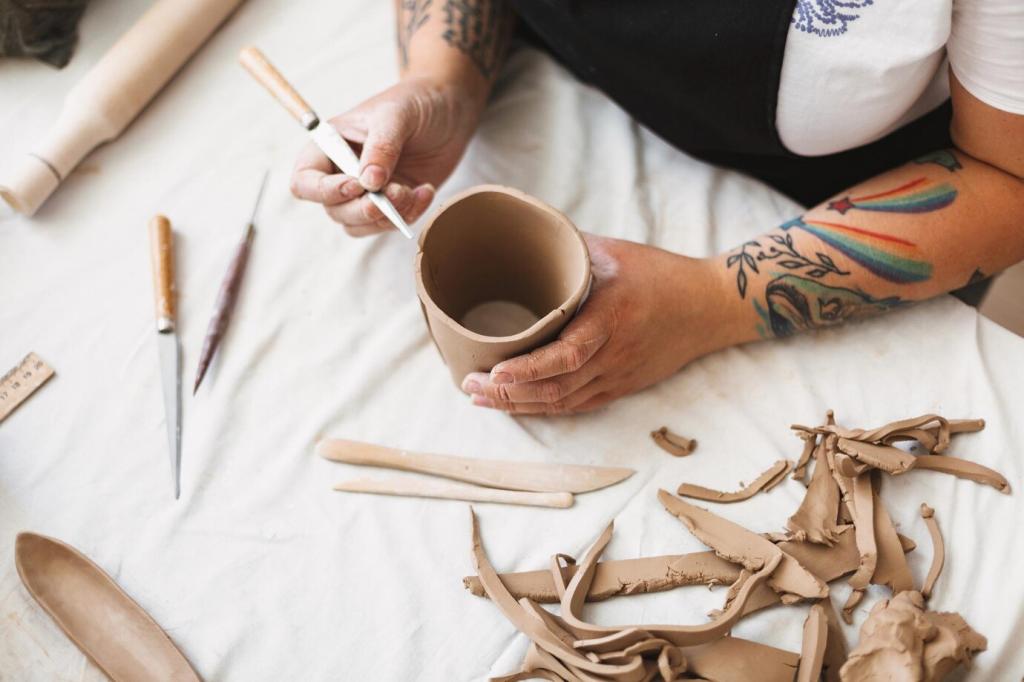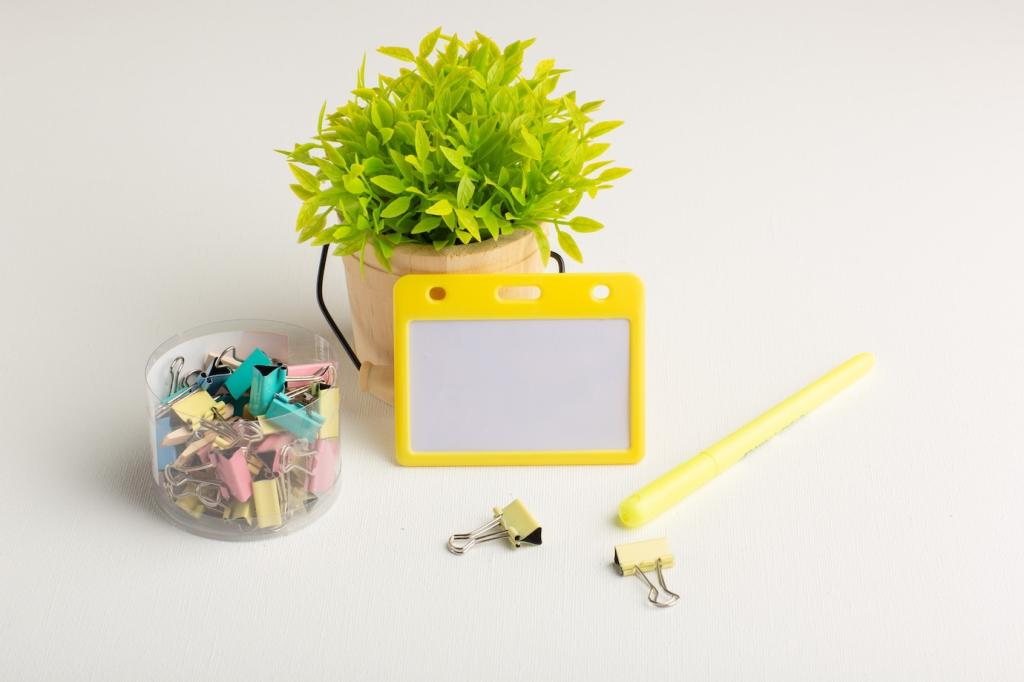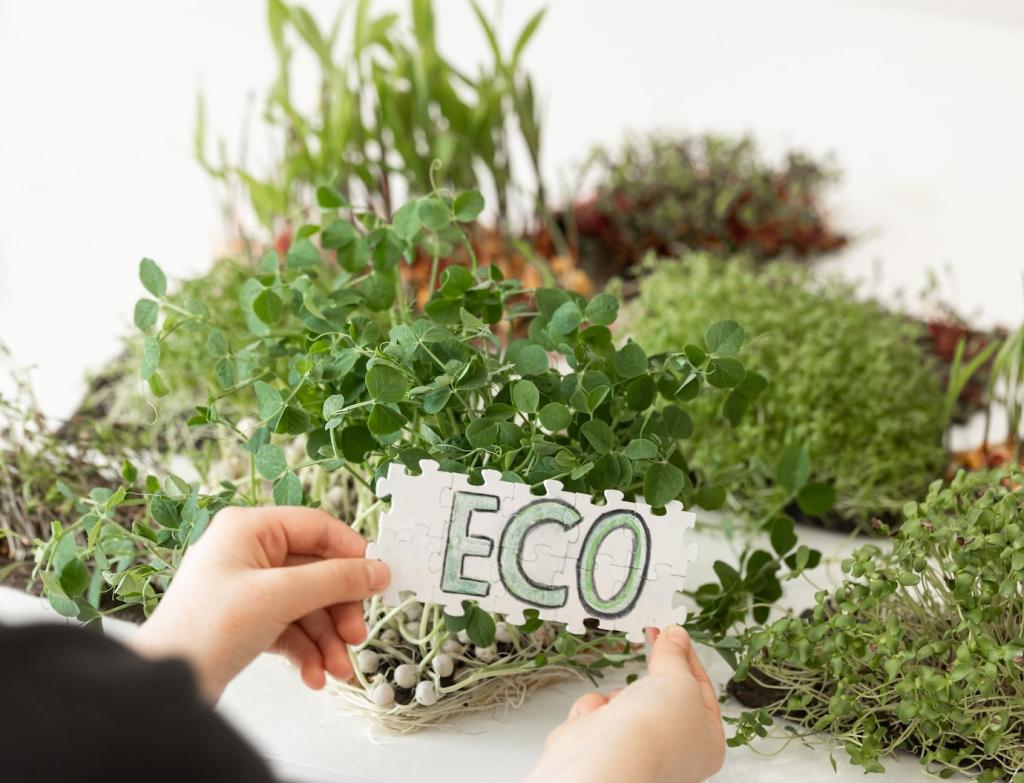Designing Shelves That Serve for Years
Measure what the shelves will hold—cookbooks, plants, vinyl—and let purpose set dimensions. Mark stud locations, sketch elevations, and mock up spacing with painter’s tape to preview balance before a single cut or drill.
Designing Shelves That Serve for Years
Floating brackets offer clean lines; exposed steel L-brackets emphasize industrial character; French cleats make reconfiguring painless. Match method to wood thickness, wall type, and the weight you actually plan to carry confidently.






